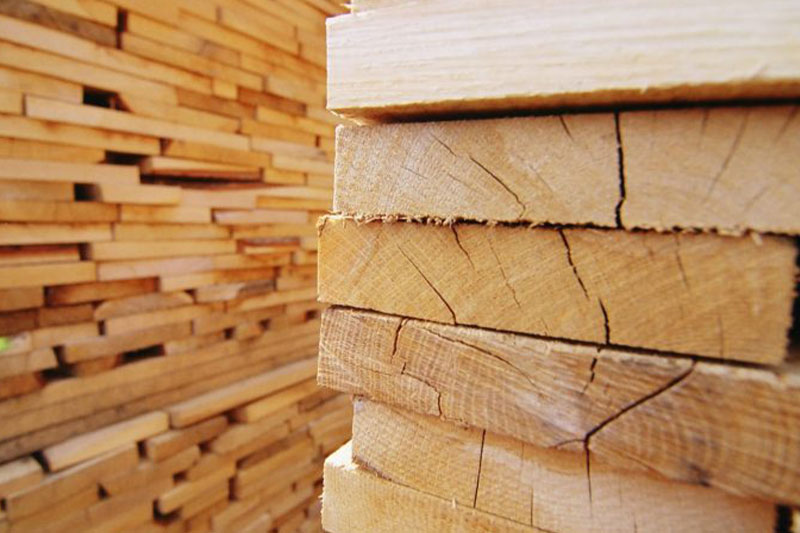
Wood Work refers to the crafting, fabrication, and
installation of wood products used in construction, furniture, and decorative
applications. Woodwork encompasses a wide range of skills and techniques, from
basic carpentry to intricate joinery and fine woodworking. Key aspects of wood
work include:
- Carpentry:
- Framing: The construction of the basic structure of buildings,
including walls, floors, and roofs, using timber or engineered wood. This
forms the skeleton of the building.
- Roofing: Creating the wooden framework for roofs, which can include
rafters, trusses, and decking, providing support for roofing materials.
- Flooring: Installation of wooden floors, including hardwood, engineered
wood, or laminate flooring, providing a durable and aesthetically
pleasing surface.
- Joinery:
- Cabinet Making: Crafting custom cabinets, wardrobes, and
storage units using techniques that ensure precision and durability. This
includes fitting doors, drawers, and shelves.
- Furniture Making: Designing and creating wooden furniture,
including tables, chairs, beds, and sofas. This involves techniques like
mortise and tenon joints, dovetailing, and inlay work.
- Doors and Windows: Manufacturing and installing wooden doors,
windows, and frames. This includes creating custom designs with specific
styles and finishes.
- Wood Finishing:
- Sanding: Smoothing wooden surfaces to prepare them for finishing,
ensuring a fine, even texture.
- Staining and Painting: Applying stains, paints, or varnishes to
protect the wood and enhance its appearance. This can range from
transparent finishes that highlight the wood grain to solid colors.
- Polishing: Buffing the wood to achieve a high-gloss finish or a smooth,
matte surface, depending on the desired aesthetic.
- Decorative Woodwork:
- Trim and Molding: Installing decorative moldings, baseboards,
crown moldings, and wainscoting in homes and buildings to add detail and
elegance to interiors.
- Wood Carving: Crafting intricate designs and patterns
into wood for artistic purposes, often used in furniture, doors, and
decorative panels.
- Paneling: Using wood panels to cover walls or ceilings, creating a warm,
natural aesthetic in interior spaces.
- Custom Woodwork:
- Bespoke Designs: Creating custom woodwork tailored to
specific client needs, including unique furniture pieces, built-in units,
and specialty items.
- Architectural Woodwork: Crafting wooden elements that are integral
to the design of a building, such as staircases, balustrades, and
archways.
- Restoration and Repair:
- Furniture Restoration: Repairing and refinishing antique or
damaged furniture to restore its original beauty and functionality.
- Wooden Structures: Repairing or reinforcing wooden elements in
buildings, such as beams, joists, and historical features, ensuring they
remain structurally sound.
- Sustainable Practices:
- Use of Reclaimed Wood: Utilizing reclaimed or recycled wood from
old structures or furniture to create new pieces, reducing waste and
promoting sustainability.
- Eco-Friendly Finishes: Using environmentally friendly stains,
paints, and finishes that are low in volatile organic compounds (VOCs)
and safe for indoor use.
- Tool Proficiency:
- Hand Tools: Skills in using traditional tools like chisels, saws, planes,
and hammers for precise and detailed woodwork.
- Power Tools: Proficiency with modern tools such as table saws, routers, and
drills that allow for efficient cutting, shaping, and joining of wood.
Woodwork requires a
combination of creativity, technical skill, and an understanding of wood
properties to produce functional, durable, and beautiful products. Whether in
construction, furniture making, or decorative arts, woodwork remains a highly
respected and versatile craft.

